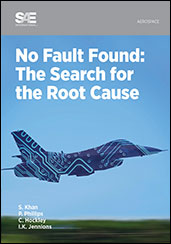Technical Paper
The Time History of the Mixture Formation Process in a Lean Burn Stratified-Charge Engine
1996-10-01
961929
The mixture formation process in a stratified-charge spark-ignition engine under moderate load conditions has been determined from fuel concentration measurements obtained from planar laser-induced fluorescence (PLIF) of a fluorescence fuel marker, 3-pentanone. A one-cylinder 4-valve engine, specifically designed to provided optical access through the walls of the combustion chamber and through a piston window, was used. In order to gain insight into the processes influencing the fuel motion and mixing, average fuel concentrations were recorded in four different planes between 0.7 mm to 15 mm below the spark plug for various crank-angle positions during the inlet and compression stroke and for two different injection timings. These measurements give a mean 3-dimensional picture of the time history of the fuel distribution.


